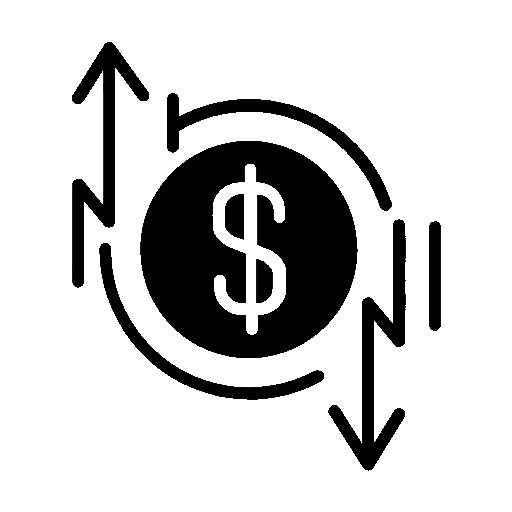Standard and Poor’s 500 (S&P500) futures trading has become a popular way for traders to gain exposure to an important stock index. The S&P500 is a market-capitalization weighted index which includes the largest 500 companies traded on the New York Stock Exchange and NASDAQ stock exchanges. Because it represents many different sectors of the economy, the S&P500 is a widely-used benchmark for U.S. stock market performance. Trading of S&P500 futures can be a complex task for traders, especially for those who are new to the futures market. This guide will provide an overview of what S&P500 futures are and the various aspects of trading them.
What Are S&P500 Futures?
S&P500 futures are financial contracts that obligate their buyer and seller to trade S&P500 index on the agreed upon price in the future. Futures contracts are standardized and traded under exchanges, which means that they have certain rules and procedures that must be followed. The underlying asset for all S&P500 futures contracts is the S&P500 stock index. There are several different types of contracts, ranging from the full-sized S&P500 futures contracts to min-size contracts and micro contracts.
How Are S&P500 Futures Traded?
S&P500 futures are traded on the Chicago Mercantile Exchange (CME), one of the world’s largest commodity futures and options trading exchanges. Traders can use a futures broker, such as TD Ameritrade, as a trading platform to access CME and trade S&P500 futures. The CME platform offers a range of order types, including market orders, limit orders, and stop orders, to help traders execute their trades. Traders can also use technical analysis tools like charting to identify trends and pricing opportunities.
Risks of Trading S&P500 Futures
Like all types of trading, S&P500 futures trading carries its own set of risks. The main risk is that the value of the S&P500 index underlying the futures contract may fluctuate significantly before the agreed-upon settlement date, which may result in potential losses for the seller. In addition, traders may face price slippage, where the price they expect to receive for their trade differs from the price at which their trade is eventually executed. This is particularly the case in highly volatile markets.
Why Trade S&P500 Futures?
Trading S&P500 futures can provide traders with a number of advantages:
1. Diversification: Futures contracts allow traders to anticipate market changes and protect their financial assets from different risk factors. Trading S&P500 futures can serve as a risk management tool, providing a means for traders to hedge against potential losses in their investment portfolios.
2. Leverage: Traders buying S&P500 futures can do so without having to place the full contract amount down, allowing them to leverage their investments.
3. Liquidity: S&P500 futures are highly liquid, which means that traders can buy and sell their contracts relatively easily. This can be especially important in high-volume markets, where traders can quickly act on pricing opportunities.
Conclusion
S&P500 futures trading offers a number of advantages to traders, such as diversification, leverage, and liquidity. However, it is also fraught with risks, such as fluctuating index values and price slippage. As such, traders should carefully consider the risks and opportunities before entering the S&P500 futures market. Armed with the information provided in this guide, traders should have a better understanding of what S&P500 futures are and how to trade them, in order to make informed decisions about their trading activities.








